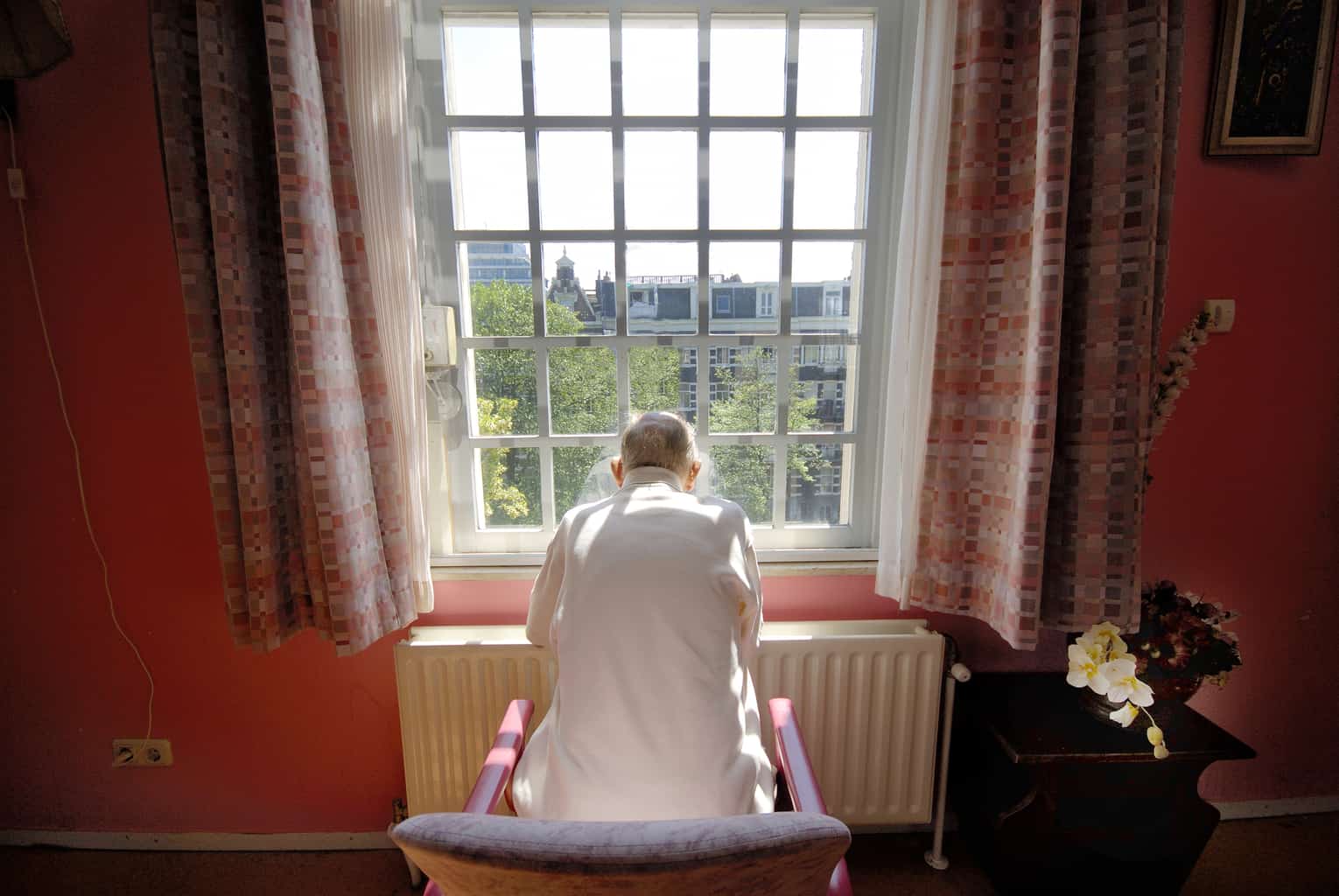
[cmamad id=”20022″ align=”center” tabid=”display-desktop” mobid=”display-desktop” stg=””]
The secret to living to 120 while remaining independent and having a pleasurable fun-filled life…
—–New Comic: Let’s Be Frank—–

Our friend Frank has a confession to make… he hooked up with three different girls this week…
And he managed to skip the boring dinner part of the date every time and go straight to the bedroom… at HER suggestion!
All he did was send the girls these “three weird little emails”…
—————–
How to NEVER Have to Enter a Nursing Home
Osteoporosis can sneak up on people.
In osteoporosis, the bones lose minerals slowly over a period of years.
The first indicator might be a fracture from an otherwise innocuous bump.
Bones get weaker with age – and the risk of osteoporosis increases.
And recent research shows that osteoporosis in men is closely tied to hormones.

These scientists did their human study at the Department of Orthopaedics, Ganesh Shanker Vidhyarti Medical College, India, and published their results in the Annals of International Medical and Dental Research.
Osteoporosis is a major reason why older people end up living in assisted care facilities.
“As bone strength decreases, the outcome is often broken bones (fractures), even occurring after a minor bump or fall.”
Bone fractures lead to loss of movement – and the inability to get around on your own can result in assisted care living.
[cmamad id=”20024″ align=”center” tabid=”display-desktop” mobid=”display-desktop” stg=””]
The study enrolled a hundred men over the age of 60 – all of them had either suffered from bone fractures or complained of lower back pain.
They were all suspected of having osteoporosis – but they hadn’t been tested yet.
“Male patients over the age of 60 years presenting mostly for backache and fragility fractures were included.”
The study conducted bone mineral density scans on all of the participants.
These scans analyze the bone and give a good indicator of how strong the bones are – this is how they properly diagnose osteoporosis.
In addition, the researchers also weighed the participants and calculated their body mass index (BMI).
And finally, the researchers tested their hormones – DHEA and testosterone.
DHEA is a hormone associated with youth – and the body converts DHEA into testosterone.
And we all know that testosterone is important for all aspects of men’s health.
Men with low bone mineral density also had significantly lower testosterone levels.
“The average level of total testosterone in entire suspected osteoporosis patients was 2.74. The level across osteoporotic cases was 2.20.”
In the whole sample of men with suspected osteoporosis, the average testosterone level was 2.7.
But, after proper testing for osteoporosis, the average level of testosterone in men with diagnosed osteoporosis was only 2.2.
The researchers found clinical testosterone deficiency in almost all of the men with osteoporosis.
“Testosterone deficiency was seen in 84% of cases of osteoporosis.”
The study found that the levels of DHEA were significantly lower in men with osteoporosis too.
The average level of DHEA for the entire group was 1.04.
And, as with testosterone, the average level of DHEA in men with diagnosed osteoporosis was even lower: 0.77.
The researchers found an association between lower testosterone and lower bone mineral density in the entire group.
“This study has shown that the men with low testosterone levels had decreased bone mineral density scores across entire cases.”
Low testosterone = 14 times greater risk of low bone mineral density!
“…low testosterone was associated with a 14-fold higher risk for decreased bone mineral density.”
DHEA and testosterone levels tend to decline with age.
And this decrease in DHEA and testosterone seems to be strongly associated with osteoporosis.
So men should do everything they can to keep their levels of DHEA and testosterone up as they age.
The study also found an association between higher body mass index (BMI) and lower levels of DHEA and testosterone.
“Body mass index was inversely associated with testosterone and DHEA levels.”
This means that men with low levels of these hormones weigh more relative to their height.
They were probably much more likely to be overweight or obese.
DHEA, testosterone, and age – these are all factors that play into bone mineral density.
“Significant differences were observed in levels of testosterone, DHEA, and bone mineral density among men with osteoporosis, osteopenia, and normal bone mineral density.”
You need to do blood tests to find out if your hormones are in the right range.
Hormone replacement can be a tricky business. If you want to try it, make sure a professional is supervising you.
—–Important Message—–
“My testosterone levels are at 883 and rising!”
- I found one veggie that triples testosterone in 20 minutes… And several Israeli studies prove it…
- I also found that common advice to “avoid salt” and “eat more nuts” was causing my T to fall, not rise…
- Then I discovered a beer that lowers T drastically – plus a whole category of beers that do NOT lower testosterone much…
- And I even found that putting just a tablespoon of a certain natural ingredient in your coffee can boost your testosterone by 75%…
Click here to discover the tricks I used to raise my T from 304 to 883 (and still rising!)
—————–


Leave a Reply